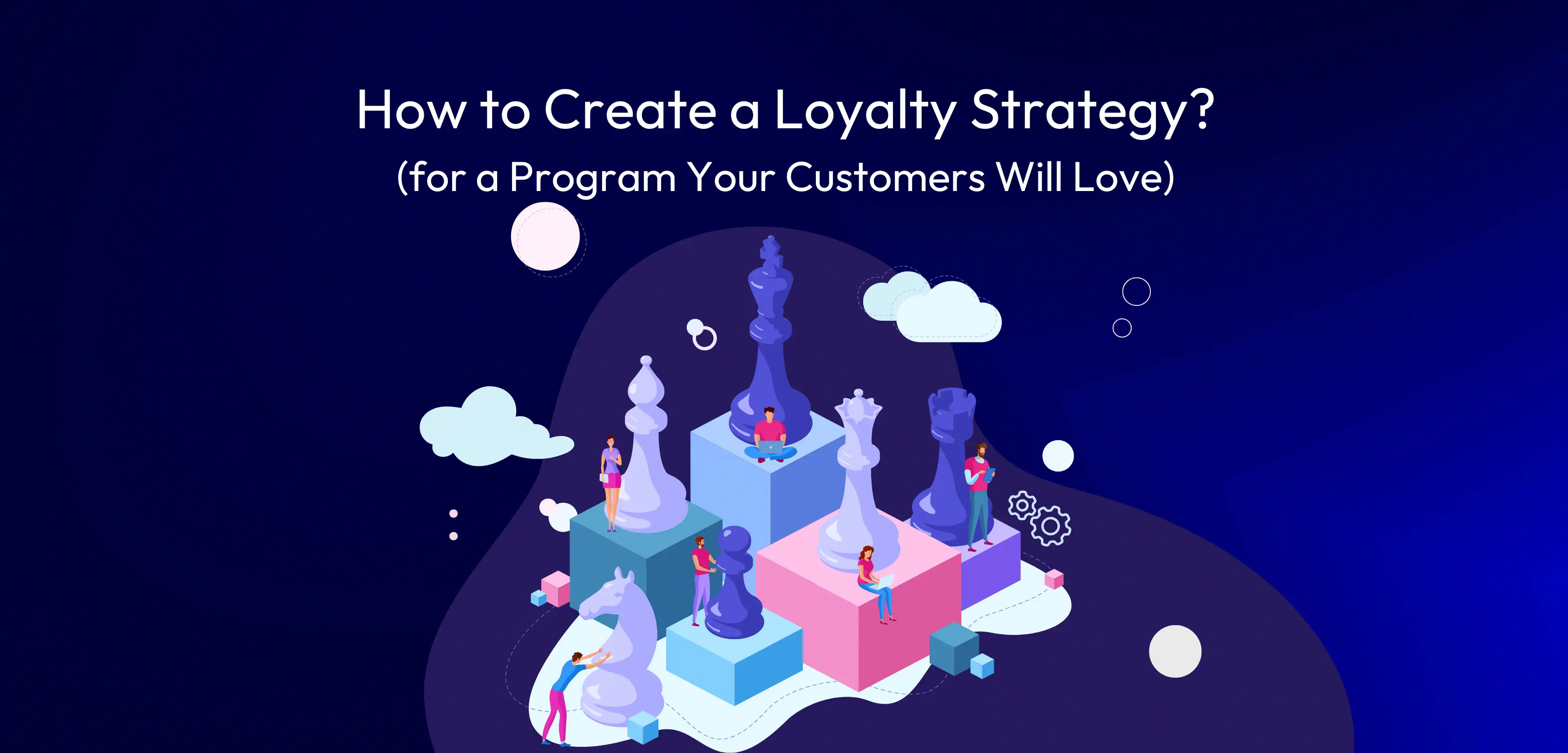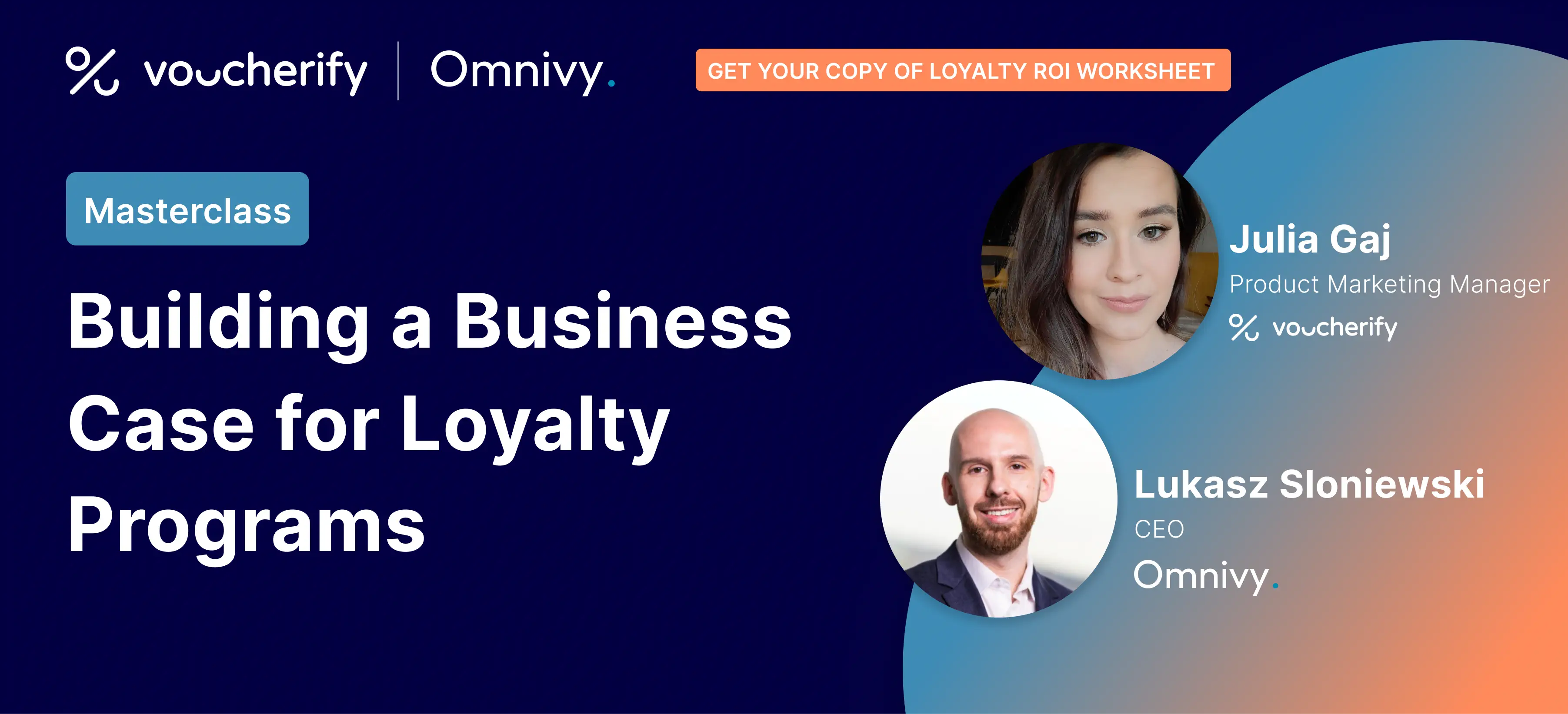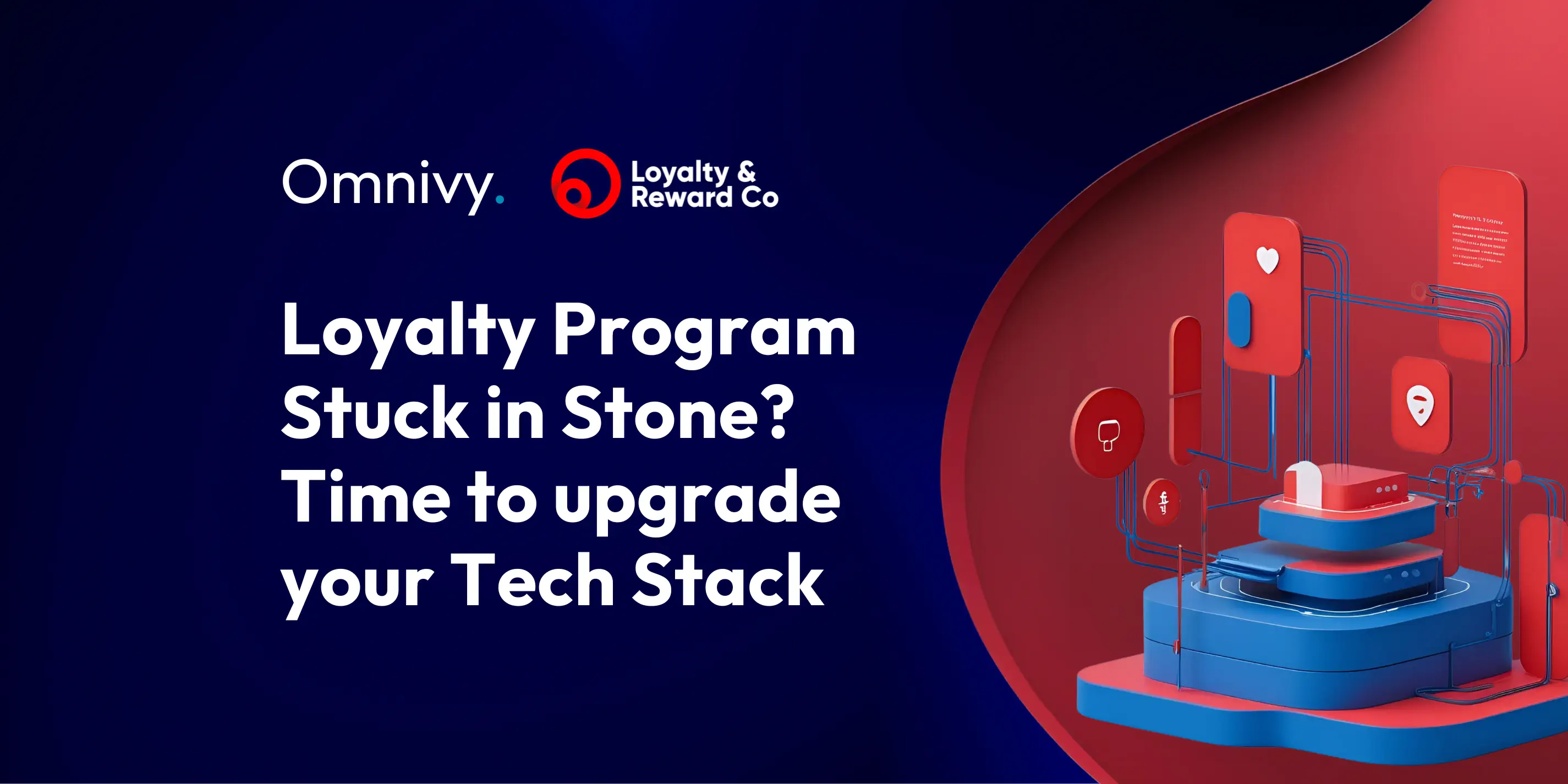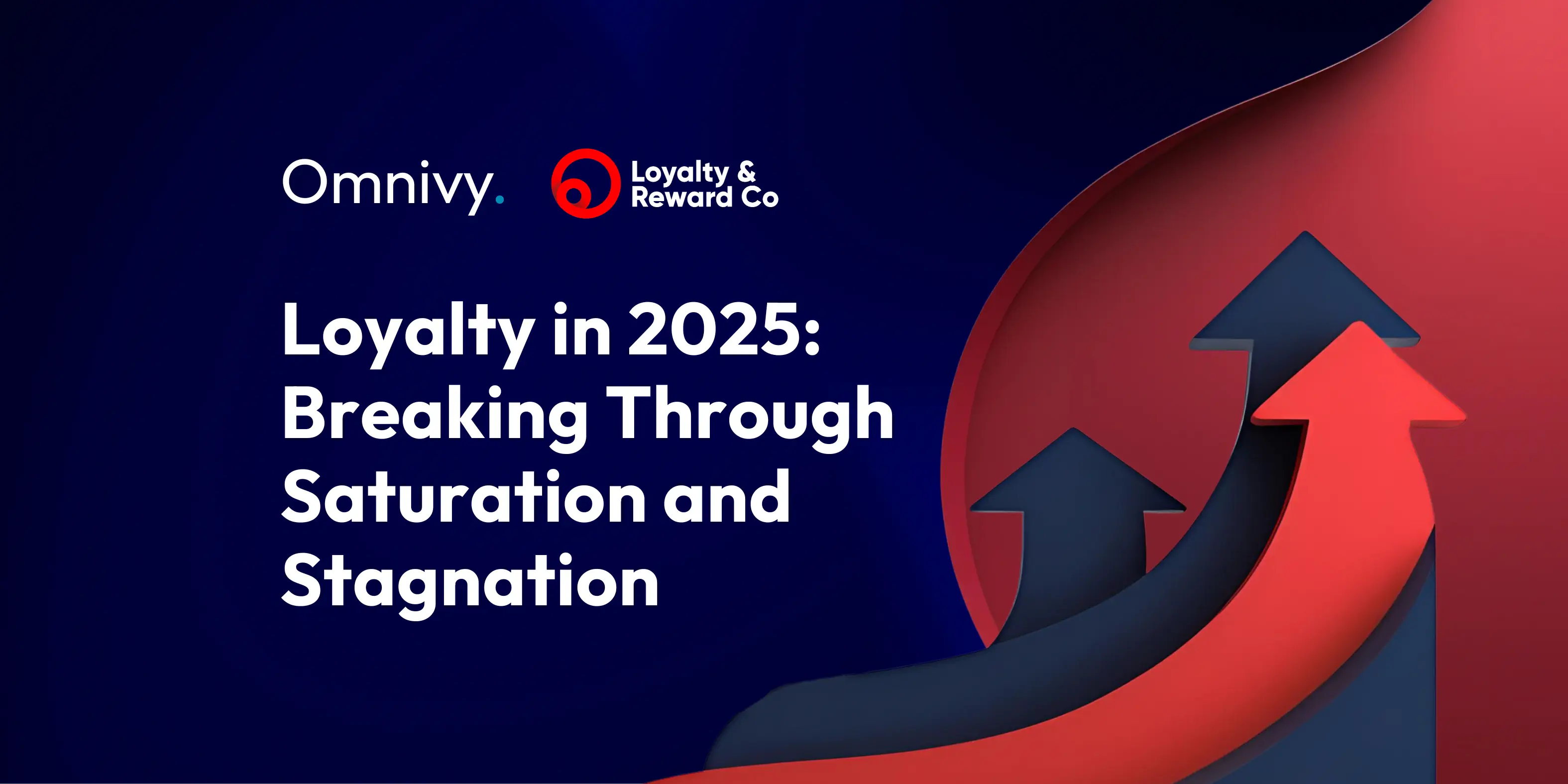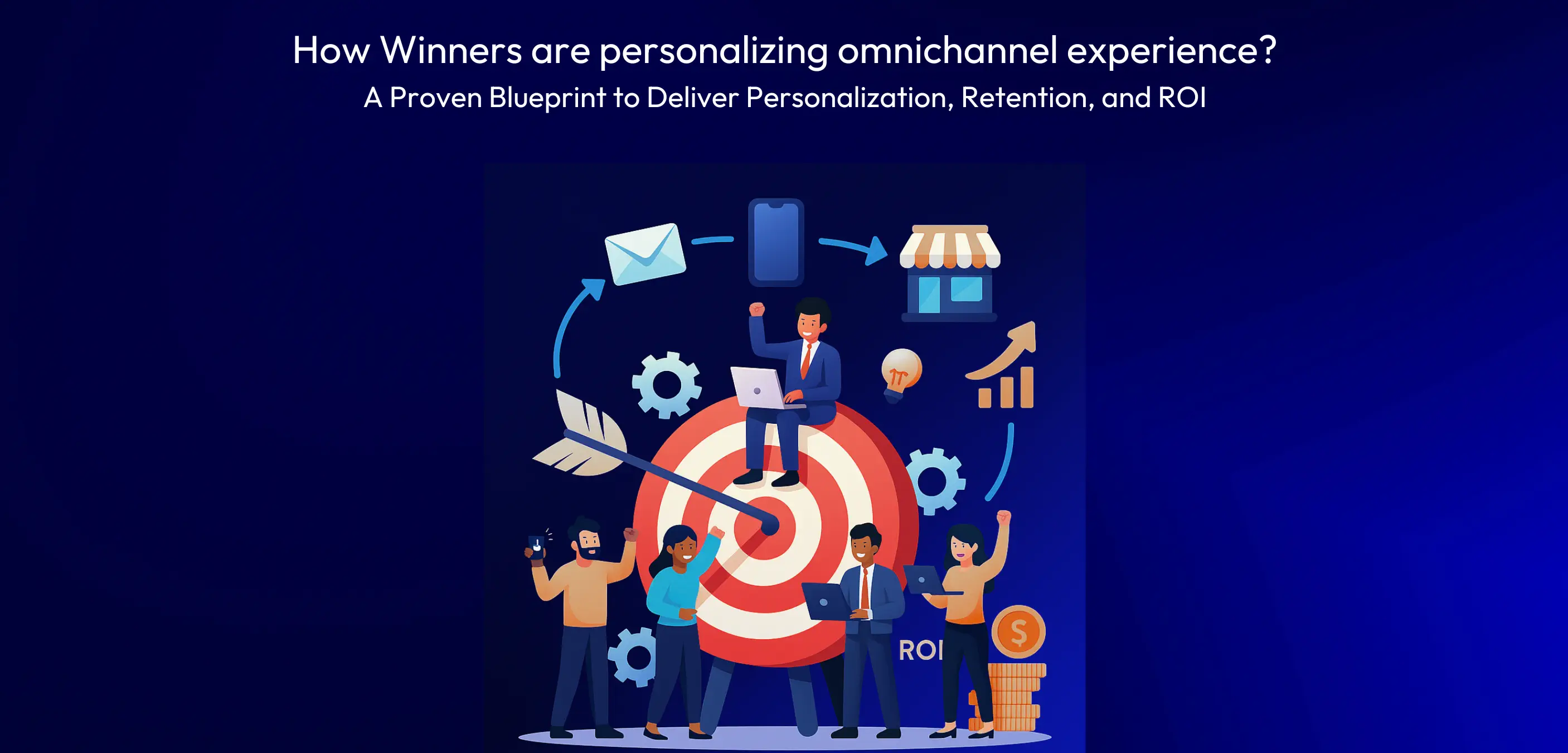"Customer loyalty isn’t given once and for all – it’s a relationship you build every single day."
This statement perfectly captures the essence of modern loyalty programs. In today’s world of growing competition and customers who can choose from countless offers just a click away, simple "point collection" isn’t enough anymore. Loyalty programs must create real, emotional connections between the brand and its customers by delivering tangible value and unique experiences.
To achieve such an effect, a loyalty program must be carefully planned. Its base lies in a loyalty strategy based on data, customer behavior analysis, and alignment with business goals.
What You’ll Learn:
- How to approach planning and implementing a loyalty program to ensure a structured and effective rollout?
- How to conduct an AS-IS analysis and identify key areas for improvement?
- How to define program objectives to ensure they are measurable and aligned with business goals?
- How to conduct a financial assessment for a loyalty program and what key factors to consider?
- How to avoid common pitfalls in loyalty programs and regularly assess their effectiveness?
In this article, you’ll find a guide outlining the essential steps to develop an effective loyalty strategy. This is just the first part of a series that will walk you through the complete process of implementing a loyalty program, covering everything from planning to launch. Stay tuned for future parts!
Why do you need the loyalty strategy?
Before you start planning loyalty rewards or fancy loyalty promotions and offers, consider this: Have you ever wondered what sets successful brands apart in customer retention and engagement?
A robust loyalty strategy is often at the heart of their success. A strategy serves as the foundation of your program, setting the direction of your actions and clearly defining your goals. With a strategy, you can:
- Define business goals, such as increasing purchase frequency or average basket size.
- Tailor your offering to different customer segments.
- Manage resources effectively and anticipate costs.
Without it, even the best composable architecture or loyalty system may not deliver the expected results. A well-designed strategy helps you avoid risks, optimize resources, and build lasting customer relationships.
AS-IS Analysis: Your Starting Point
AS-IS analysis is the crucial first step in creating a successful loyalty program. This process helps you understand your current position, evaluate your resources, and identify opportunities for improvement before moving forward with new strategies. By conducting this analysis, you can set a strong foundation for loyalty system implementation. Here are key areas to focus on:
- Customer Characteristics
- Who are your customers? What insights can you gather about their demographics and preferences?
- What emotions do they experience? How can understanding their journey enhance your communication?
- Internal Processes and Resources
- Does your team have the necessary skills? Implementing a loyalty program requires collaboration among loyalty experts, marketing teams, and IT specialists.
- What limitations – legal, technical, or financial – might affect the program’s implementation?
- Competitor Analysis
- What loyalty programs does your competition offer? What works in their programs, and what doesn’t?
To effectively conduct an AS-IS analysis, it is essential to leverage tools that provide detailed insights into your current processes, customer behaviors, and market position. Omnivy recommends the following:
- Personas Analysis: Understand your target audience by creating detailed personas. This involves identifying key customer segments, their motivations, challenges, and behaviors. By doing so, you can tailor your program to resonate with the unique needs and expectations of each segment.
- Customer Journey Mapping: Create a detailed visual representation of how customers interact with your brand at every touchpoint. This helps identify areas where customers experience friction or satisfaction.
- Data Analysis (CRM, online/offline transactions): Use analytical tools to evaluate purchasing patterns, customer lifetime value, and frequency of transactions.
- Surveys and Customer Interviews: Collect direct feedback to uncover customer preferences, frustrations, and potential areas of improvement.
- Benchmarking: Compare your loyalty program and operations against competitors to identify strengths, weaknesses, and opportunities for differentiation.
By conducting a thorough AS-IS analysis, you ensure that your loyalty program is tailored to meet your customers' real needs and aligns seamlessly with your business goals.
Loyalty Program Impact: What Do We Want to Achieve?
Understanding your current situation is one thing, but the key is defining what you want the program to achieve. Consider this:
- Why is it worth investing in a loyalty program, and what do we want to accomplish?
- What customer behaviors do you want to change or strengthen? Do you want to increase purchase frequency? Or perhaps build a deeper emotional bond with your brand?
In this phase, you define a detailed list of expectations for the loyalty program – fully tailored to business goals, industry requirements, and customer expectations. Here are three key elements that establish the foundational assumptions and goals for a loyalty program:
- Define Strategic and Operational Objectives
Setting loyalty program objectives is the first step in defining realistic and achievable goals. These objectives should be specific, measurable, attainable, relevant, and time-bound (SMART). Common objectives include increasing customer retention, boosting customer lifetime value and profitability, improving customer satisfaction and advocacy, driving customer engagement, and gathering valuable insights. All these objectives should support your overall business and customer strategies.
For example:
- Increase purchase frequency: Increase the average purchase frequency from 10 to 11.5 transactions per customer within one year.
- Grow average basket value: Increase the average basket value by 10%, from $100 to $110 per purchase within one year.
- Improve customer retention: Keep more customers over time, e.g., increase the customer retention rate from 60% to 72% within one year.
- Developing a compelling Customer Value Proposition
A value proposition stands as a promise by a company to a customer or market segment. The proposition is an easy-to-understand reason why a customer should buy a product or service from that particular business. A value proposition should clearly explain how a product fills a need, communicate the specifics of its added benefit, and state the reason why it's better than similar products on the market. The ideal value proposition is to-the-point and appeals to a customer's strongest decision-making drivers. To create an integrated, cohesive value proposition, start with these three questions:
- What customer needs does your program meet?
- What unique benefits do you offer compared to competitors?
- How does your program create tangible value for customers?
A great value proposition demonstrates what a brand has to offer a customer that no other competitor has and how a service or product fulfills a need that no other company is able to fulfill.
- Specify Desired Customer Behaviors
A loyalty program isn’t just about retaining customers; it’s about shaping their behaviors in ways that align with your business goals. By offering strategic incentives, you can motivate customers to engage more frequently, spend more, and even advocate for your brand.
For example, you can encourage repeat purchases by offering bonus points for shopping within a set timeframe or promote larger purchases by introducing tiered rewards. Loyalty programs can also drive deeper engagement by rewarding non-purchase activities, like leaving reviews, participating in surveys, or sharing content on social media.
Ultimately, loyalty programs aim to foster emotional connections. When customers feel rewarded, appreciated, and recognized, they’re more likely to develop long-term loyalty. By carefully designing your loyalty program with these behaviors in mind, you can align customer actions with your business objectives, creating a win-win situation that enhances both customer satisfaction and brand success.
Business Case: Is It Worth It?
Every successful loyalty strategy requires a strong financial rationale. Developing a business case allows you to evaluate if the investment in the program will yield a return. At this phase, it's important to outline costs associated with technology, marketing, rewards, and operations, while also estimating potential revenue from shifts in customer behavior. Additionally, calculating the return on investment (ROI) and establishing clear key performance indicators (KPIs) are crucial steps.
Steps to Build a Business Case
- Analyze Average Business Margin.
Before diving into the detailed planning of a loyalty program, it’s essential to understand your average business margin. This helps determine how much budget you can allocate to the loyalty program without jeopardizing your company’s financial health.
- Identify All Costs Related to Program Implementation and Maintenance
Implementing a loyalty program is not just a strategy for boosting customer retention—it’s also an investment that comes with various costs. Some of these expenses are obvious from the start, while others may only become apparent over time. To effectively plan your budget and maximize ROI, it’s crucial to evaluate all key cost factors associated with such an initiative. Below is a brief breakdown of the most important cost categories.
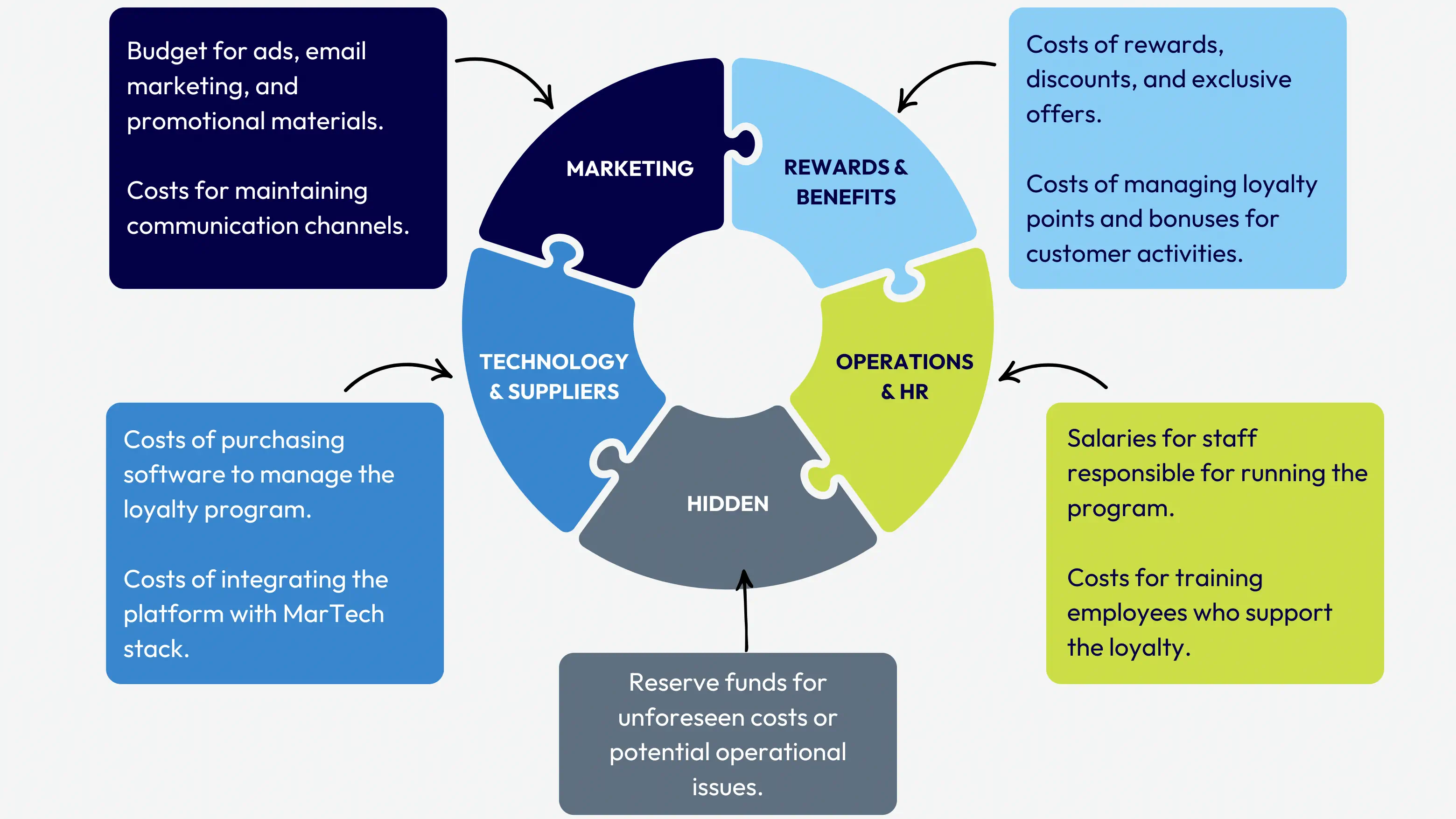
Conducting a thorough cost analysis from the outset can help you avoid unexpected expenses and ensure the long-term profitability of your loyalty program.
- Estimate Potential Revenue
Next, forecast the revenue your loyalty program could generate by changing customer behaviors. Key areas to analyze:
-
Customer Retention Growth: Keeping more customers over time leads to repeat purchases.
-
Increase in Purchase Frequency: Encourage customers to shop more often with rewards and bonuses.
-
Higher Average Basket Value: Motivate customers to spend more per transaction by offering additional points for larger purchases.
-
Referral Growth: Incentivize customers to refer others, helping to attract new clients.
- Calculate Return on Investment (ROI)
Calculating ROI helps determine whether the investment in the loyalty program is worthwhile. Use this formula:
ROI = (Program Revenue – Program Costs) / Program Costs x 100%
- Define Key Performance Indicators (KPIs)
To measure the success of your loyalty program, establish KPIs for various stages of its implementation:
- Number of program sign-ups: How many new customers joined within the first few months?
- Retention rate: Percentage of customers who remain active in the program after six months.
- Revenue per customer growth: Changes in the average basket value per customer.
- Total retention: Percentage of customers who stay loyal for a year or longer.
Not sure how to do this? Join our dedicated webinar, Building a Business Case for Loyalty Programs, to get practical tips on cost analysis and methods for evaluating the program’s impact on business results. What’s more, if you register, you’ll receive the Loyalty ROI Worksheet to help you calculate your program’s return on investment.
Avoiding Pitfalls
Creating an effective loyalty program is a continuous process that requires constant monitoring and strategy adjustments. To achieve success, it is essential to avoid common mistakes and regularly assess the program’s effectiveness. Here are some common mistakes and how to avoid them:
Lack of Flexibility
- Problem: The program does not evolve with market trends and customer expectations.
- Solution: Regularly analyze data and implement changes based on participant feedback.
Lack of Analytics
- Problem: Without tools to measure effectiveness, it’s impossible to determine whether the program is delivering benefits.
- Solution: Implement analytical systems and track key metrics such as Customer Lifetime Value (CLV) and retention rate.
Misalignment with Brand Values
- Problem: The loyalty program does not match the brand image, leading to customer disappointment.
- Solution: Ensure program consistency with brand values—for example, a luxury brand should offer exclusive rewards instead of discounts.
Overly Ambitious Goals
- Problem: The program's objectives are unrealistic and unattainable within the expected timeframe, leading to team frustration and management disappointment.
- Solution: Set SMART goals—specific, measurable, achievable, realistic, and time-bound. Instead of aiming to "double customer retention in a year," set a goal like "increase retention by 15% within the first year."
Overlooking Critical Costs
- Problem: Companies often focus on reward costs but overlook operational, technology, marketing, and customer service expenses. As a result, the program generates higher costs than anticipated.
- Solution: Develop a comprehensive business case, considering both visible costs (rewards, IT platform) and hidden costs (customer service, system maintenance, additional team resources). Analyze ROI before implementation.
Lack of Experience and Expert Support
- Problem: Companies often try to implement loyalty programs independently, leading to strategic mistakes, ineffective mechanics, and low customer engagement.
- Solution: If internal expertise is lacking, consider outsourcing Loyalty Strategy development to loyalty experts like Omnivy, who will work out the best loyalty strategy tailored to your business needs and expectations.
Avoiding these pitfalls ensures you create a program that not only engages customers but also becomes an integral part of your overall business strategy.
Don’t Forget Regular Retrospectives!
Beyond avoiding mistakes, it’s crucial to periodically analyze how well the strategy performs in practice. Follow these four key steps:
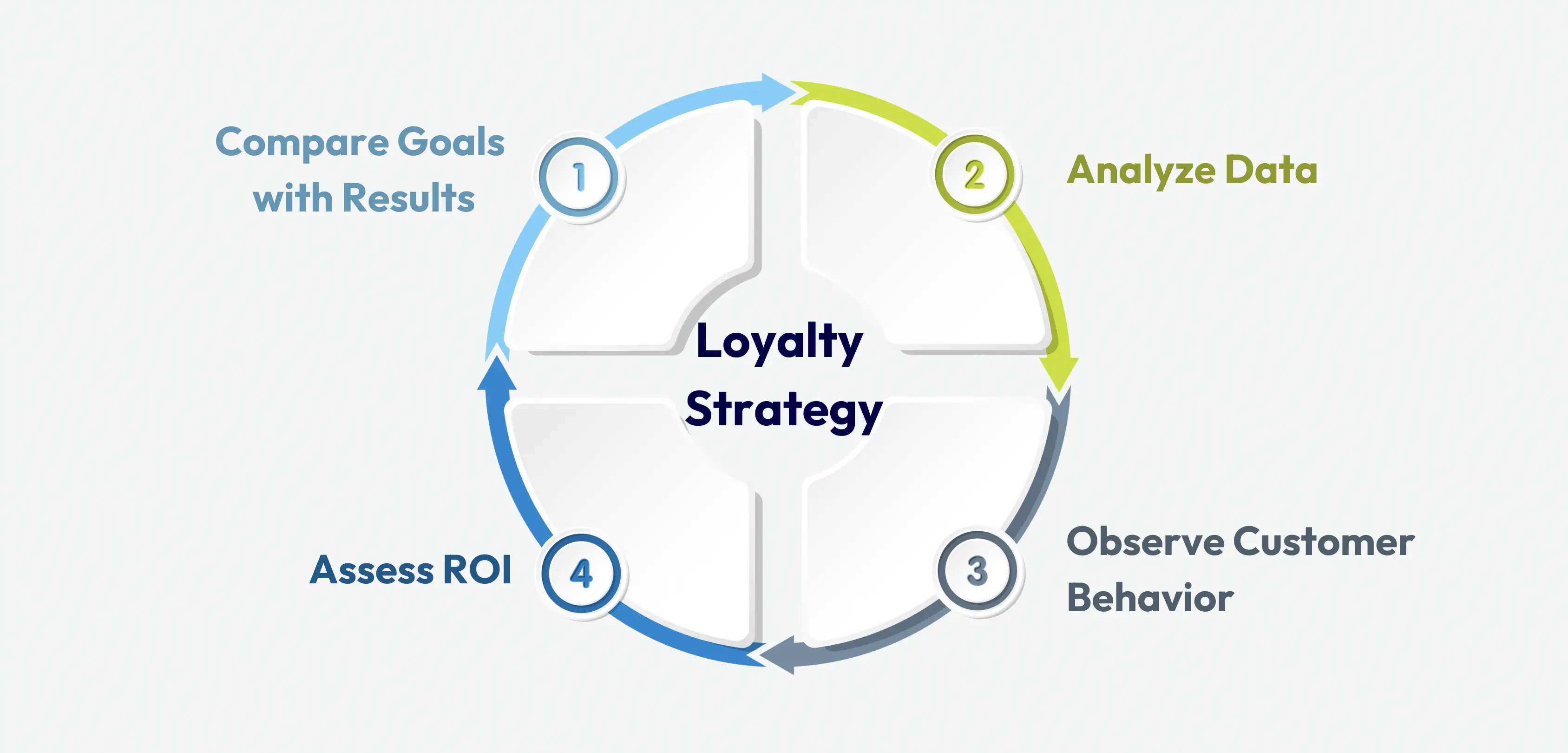
- Compare Goals with Results: Assess whether you have met the set KPIs, such as increased customer retention or purchase frequency.
- Analyze Data: Evaluate how many customers actively use the program, how frequently they engage, and which benefits are most popular.
- Observe Customer Behavior: Compare purchasing patterns before and after implementing the loyalty program.
- Assess ROI: Calculate whether program costs are justified compared to the revenue generated, ensuring the strategy remains profitable.
Customer loyalty is a continuous process, not a one-time project. Regularly optimizing the program allows you to adapt to evolving customer needs and changing business environments. Evaluating your strategy is an ongoing process—use the data collected to make adjustments and refine your loyalty program over time.
Omnivy – Your Partner in Building Loyalty Program
At Omnivy, we understand the importance of a well-designed loyalty strategy. We offer comprehensive support – from analysis and design to implementation and integration of loyalty systems. With experience across various industries, we create programs tailored to your needs.
Looking to build a loyalty strategy that not only engages customers but also drives long-term growth? Our team is here to help you design a program that delivers real value and strengthens customer relationships. Book a discovery call today to get started!
